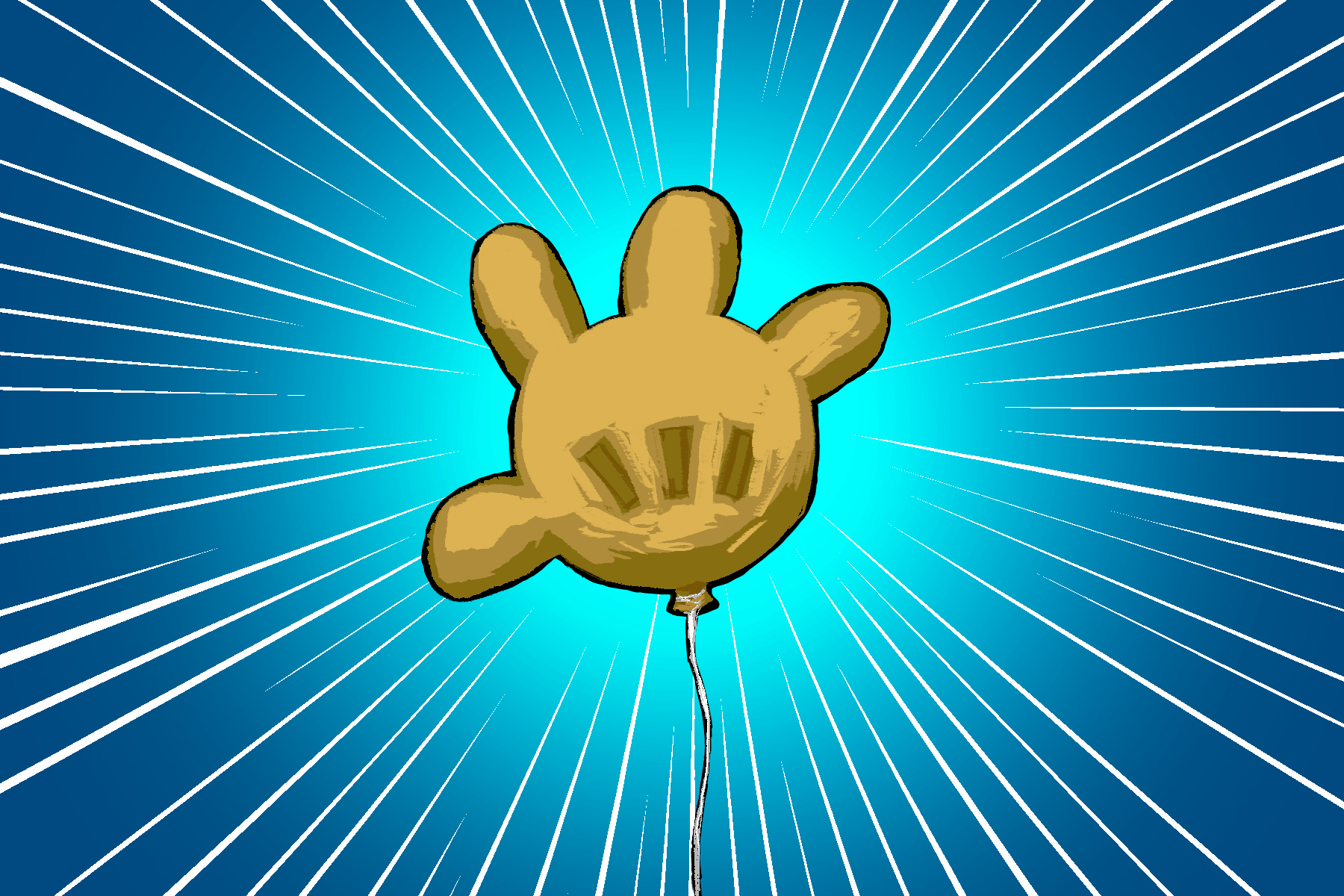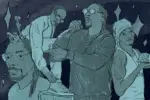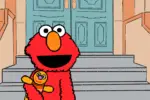“SpongeBob SquarePants” has many, many memorable episodes over its 13-season run, but its first three seasons are often regarded as the best. One episode of classic “SpongeBob” that is often overlooked is “Rock Bottom.” With the episode being just over 20 years old, now is the perfect time to dive into the depths and discover the possible hidden meaning behind its bizarre underwater realm.
The Drop Off
The episode has a fairly upbeat beginning as SpongeBob and Patrick take the bus home from their friendly neighborhood theme park, Glove World. At first things appear to be looking up for SpongeBob when he inadvertently hits the driver with his glove balloon while looking for his wallet. The repeated action annoys the driver into giving him a free ride.
He and Patrick then take time to show each other their souvenirs until Patrick notices the bus reaching the city limits sign. Before they can even react, the bus falls down a vertical road that whisks them into the abyssal city Rock Bottom. This quick and drastic change in tone from the bright and colorful Bikini Bottom to the dark and gloomy Rock Bottom may reflect a mood swing, which is a common symptom for people with depression.
Alone In the Dark
After SpongeBob and Patrick are abandoned, they notice a town sign with letters that are similar to but also different from their own that reads “Rock Bottom.” The land is shrouded in perpetual darkness, yet stars can be seen all around them, almost like an eternal night. This reflects the symptom of insomnia that often plagues people with depression. Even the soil has its own sentience there, and this punctuates the language gap. The people of Rock Bottom talk the same as the people of Bikini Bottom, yet they only understand others when they blow raspberries during and after speech.
Anxiety is also a common symptom of depression, and both SpongeBob and Patrick are very anxious when they first arrive in Rock Bottom. Patrick is understandably terrified of this new environment when he can’t tell the bathrooms apart. SpongeBob, the more rational of the two, suggests waiting for someone to come out to know. Unfortunately, this doesn’t help since the fish of Rock Bottom are different than the ones in Bikini Bottom to the point where their genders can’t be determined visually. Their circumstances leave the two anxious as they try to navigate the unfamiliar place.
SpongeBob goes to find a bus schedule but Patrick accidentally boards a bus and leaves SpongeBob behind. SpongeBob tries desperately to run up the 90-degree road after them, but he keeps falling. This reflects feelings of hopelessness that may stem from depression. While it is physically impossible to run up a 90-degree cliff of that size, especially unaided, this scene may also serve as a metaphor for two symptoms of depression: tiredness and slowed movement. After all, SpongeBob does run after the bus a fair distance before it even reaches the cliff.
This hopeless feeling is amplified when SpongeBob misses every single bus. Sometimes he misses it because he gets distracted, but eventually it becomes clear that the bus is deliberately missing him. It’s unknown if this driver is the one from the beginning of the episode, but it is possible, perhaps even likely. Every time SpongeBob goes to the candy machine, the bus stops then leaves again in a matter of seconds. It’s almost as if the driver from the beginning of the episode is taunting SpongeBob out of revenge for being beaten because of SpongeBob’s obliviousness. After all, the driver was the one that kicked SpongeBob off the bus in the first place.
Once SpongeBob gets fed up, he makes his way to the police station and he misses the last bus until morning. The station closes, leaving SpongeBob alone in the dark. He tries using his glove light to illuminate the area. Earlier in the episode, it’s implied that the glove light could give SpongeBob night vision since his eyes have a gold shade when he puts the glove light behind it. But in Rock Bottom, it goes out almost right away despite SpongeBob only using it once after buying it.
This is the second of SpongeBob’s failed attempts to alleviate the problems he faces in Rock Bottom with things he got from Glove World. The first time was earlier at the bus stop when he was hungry and tried to use a candy dispenser from the park. This doesn’t work out either because the candies are glove flavored. These instances appear to reflect the loss of interest that can befall people with depression and drive the feeling of hopelessness deeper. Despite all of SpongeBob’s efforts, he is still stranded in Rock Bottom for however long overnight is, with the passage of time unknown.
Unexpected Aid
Thankfully, however, SpongeBob finally catches a break after a friendly neighborhood anglerfish returns SpongeBob’s glove balloon to him, ties it to SpongeBob’s wrist and blows it up, allowing SpongeBob to float back home. When SpongeBob thanks the man for his help with a raspberry, he responds with a normal “You’re welcome,” which suggests a familiarity with Bikini Bottom.
The episode ends with SpongeBob finally making it back home while Patrick, as a good friend, has caught a bus back down to Rock Bottom, unaware that SpongeBob made it home after all. The anglerfish’s help also illustrates how treatments for depression often require aid in the form of psychotherapy, counseling or even CBT. The anglerfish appears to convey that when you’re down, you can find help from good people in places you least expect, even in the depths of Rock Bottom.
















